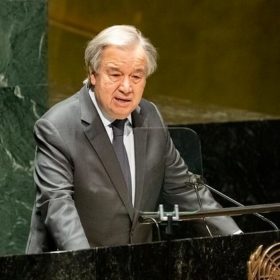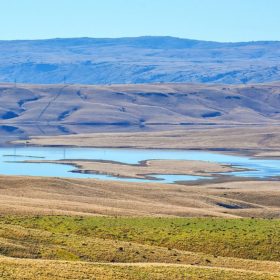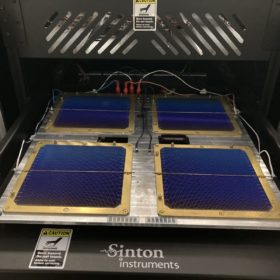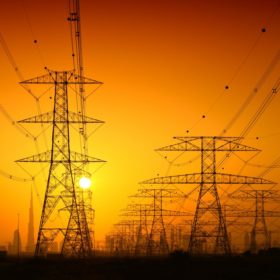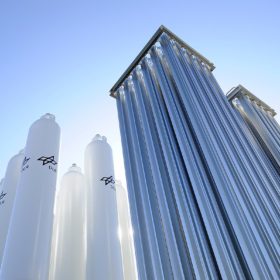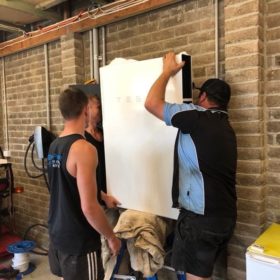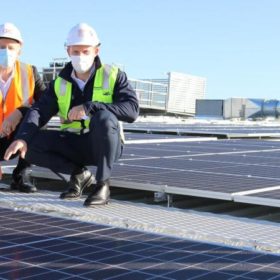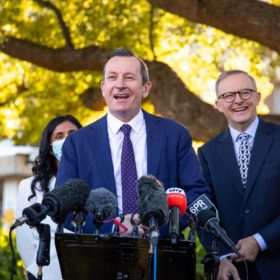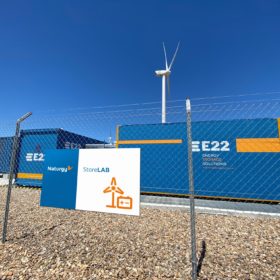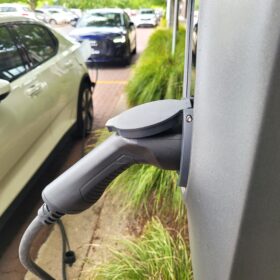UN chief warns more fossil fuel investment is ‘delusional’
As Australia battles an energy crisis, the United Nations secretary general has called for increased investment in renewables, saying it is the only “true path to energy security”, warning new funding from governments for fossil fuel exploration or production is simply “delusional”.
Pumped-hydro storage project takes shape in New Zealand
Lake Onslow, New Zealand, could become home to one of the world’s largest pumped-hydro storage facilities. A local consortium is now conducting a feasibility study and is investigating possible system designs and precise locations.
Solar cell efficiencies at a glance – updated
A research group led by UNSW’s Professor Martin Green has published Version 60 of the Solar cell efficiency tables.
BREAKING: AEMO suspends spot market in all eastern states
The Australian Energy Market Operator (AEMO) this afternoon suspended the electricity wholesale spot market in all five of the participating National Electricity Market states, saying it has become “impossible” to operate.
WA company expects green hydrogen production ‘significantly earlier’ than anticipated following promising study
Western Australian developer Frontier Energy, a relatively new player in the renewable space, says preliminary findings from its green hydrogen study indicate it could be producing “significantly earlier than originally anticipated” from its Bristol Springs Solar Project, to be located south of Perth.
NSW installer’s solar inquiries surge as one in two ask after batteries
Sydney-based solar company Solaray Energy says its inquiries have doubled since the federal election, rebounding back to the record demand seen in 2020 ad 2021. Moreover, the company’s director and co-founder Jonathan Fisk says interest in batteries is “making solar fly,” with half of the potential new customers looking to add storage.
Queensland hits back at sun tax ‘scaremongering’ as energy panic deepens
The Queensland government this morning confirmed it will not be changing solar feed in tariffs after Murdoch newspapers claimed a ‘sun tax’ was looming for the state. Meanwhile, New South Wales recommended upping feed in rates for solar households.
Oil supermajor takes majority stake in WA hydrogen megaproject
Oil and gas giant BP will take a 40.5% stake in the 26 GW Asian Renewable Energy Hub megaproject proposed for Western Australia’s north coast.
Western Australia to exit coal by 2029 in response to competition from solar
Western Australia is set to exit coal-fired power by the end of the decade as state-owned power provider Synergy will close its two remaining coal plants by 2029 in response. Western Australia Premier Mark McGowan said coal was no longer viable due to the high-penetration of solar, particularly rooftop. McGowan also announced a $662 million boost for the coal-town of Collie’s industrial transition and $3.8 billion in statewide renewable investment, with a focus on energy storage.
Lithium-ion vs. vanadium redox flow storage
UK scientists have compared the performance of lithium-ion storage systems and vanadium redox flow batteries for a modeled 636 kW commercial PV system in southern California. They have found that both technologies, coupled with an oversized PV array, could achieve a levelised cost of electricity of less than US$0.22/kWh (AU$0.32/kWh), while offering a self-sufficiency ratio of 0.95.
